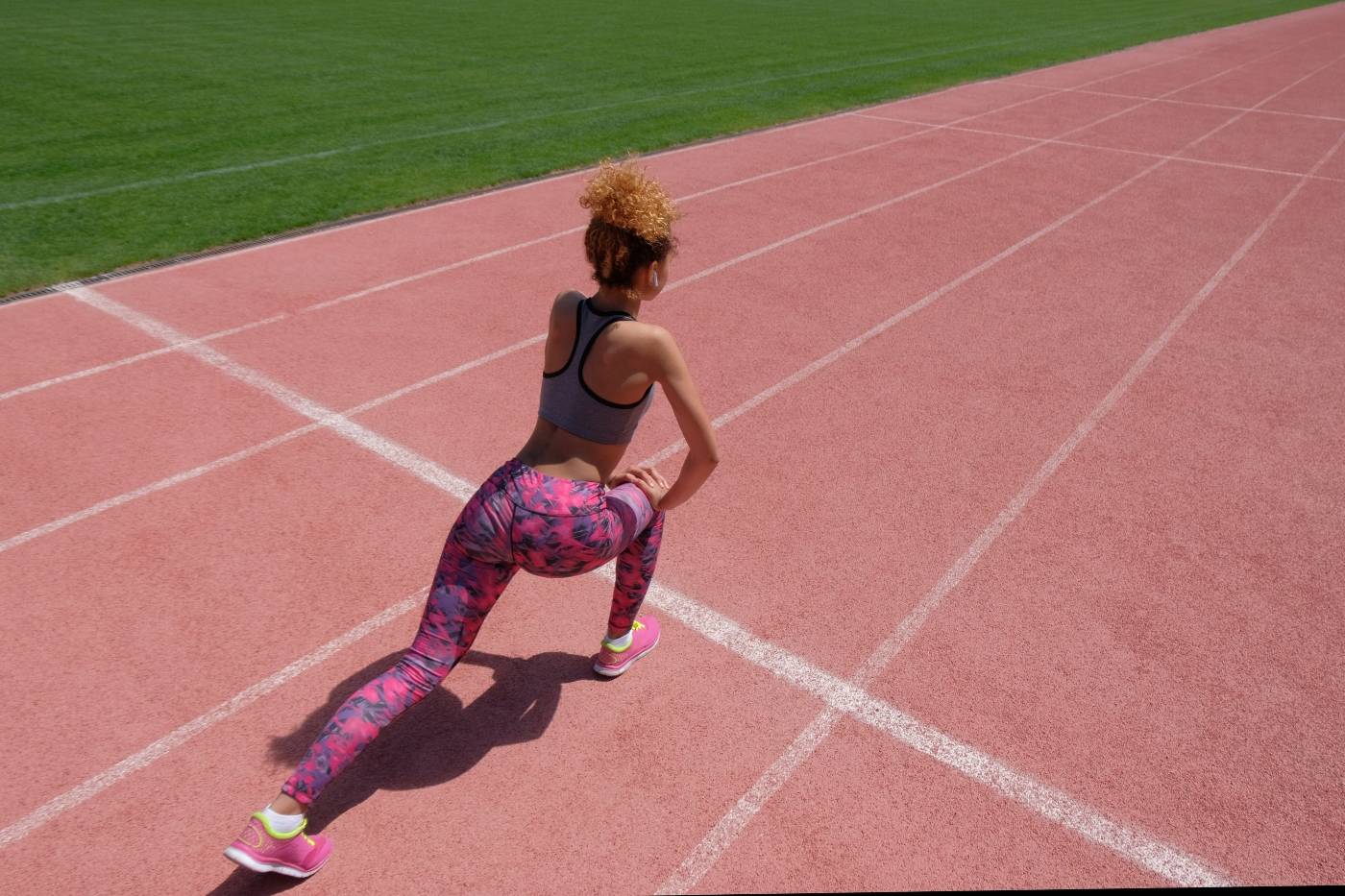Q: “What are some common orthopedic injuries associated with fall sports?”
A: Fall sports can bring about several orthopedic injuries due to their dynamic and sometimes high-impact nature. Some typical injuries include:
- Sprains and Strains: Twisting, jumping and sudden changes in direction can lead to sprained ligaments or strained muscles.
- Fractures: High-contact fall sports such as football can result in bone fractures, often in the arms, legs or collarbone.
- Dislocations:Collisions or falls can cause joint dislocations, commonly in the shoulder or fingers.
- Overuse Injuries: Repetitive motions in sports such as running, soccer or cross country can lead to overuse injuries such as stress fractures or tendonitis.
A: Preventing fall sports injuries requires a combination of proper preparation and mindful behavior:
- Warm-up and Stretching: Engage in a thorough warmup routine to increase blood flow to muscles and follow it with dynamic stretches.
- Strength and Conditioning: Build strength in core muscles to provide better support for joints and minimize injury risks.
- Proper Equipment: Wear appropriate protective gear, such as helmets, pads or supportive footwear.
- Technique Training: Learn and practice correct techniques for your sport to reduce the risk of accidents.
- Rest and Recovery: Ensure adequate rest between practices and games to allow the body to recover.
A: When an injury occurs, taking prompt and appropriate action is crucial:
- R.I.C.E Method: Rest, Ice, Compression and Elevation can help reduce pain and swelling immediately after an injury.
- Immediate Care: Consult a medical professional for a proper diagnosis and treatment plan. iOrthoNOW offers specialized emergency walk-in orthopedic care for patients of all ages. The Staten Island location offers on-site advanced imaging options, including X-Ray, MRI, fluoroscopy and ultrasound. iOrtho physicians can diagnose any orthopedic injury. The center is conveniently open Monday through Friday between 8 a.m. and 4 p.m.
- Assessment by a Medical Professional: Consult a health care provider or sports medicine specialist for a thorough evaluation of the injury. They can provide an accurate diagnosis, assess the severity of the injury and recommend an appropriate treatment plan.
- Gradual Return to Activity: Once cleared by a medical professional, follow a gradual and supervised return-to-play protocol. Rushing back into sports too soon can worsen the injury or lead to new ones.
- Maintain a Positive Mindset: Recovery can be challenging, both physically and mentally. Staying positive and patient throughout the process can contribute to better outcomes.
A: Promoting long-term joint health involves a comprehensive approach that goes beyond immediate injury management. Diversify physical activities to prevent overuse, maintain a balanced nutrient-rich diet, stay hydrated for optimal joint lubrication, listen to your body’s signals to avoid overexertion and schedule regular orthopedic check-ups, especially if you have a history of injuries. These practices collectively ensure enduring joint health, supporting both immediate athletic performance and long-term well-being.
As the leaves change color and the weather cools down, fall welcomes a variety of sports and outdoor activities. It’s essential to prioritize safety and injury prevention. Remember, a healthy and well-cared-for body is key to achieving your athletic goals and enjoying the activities you love.
Contact iOrtho at 833-464-6784





